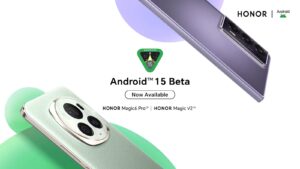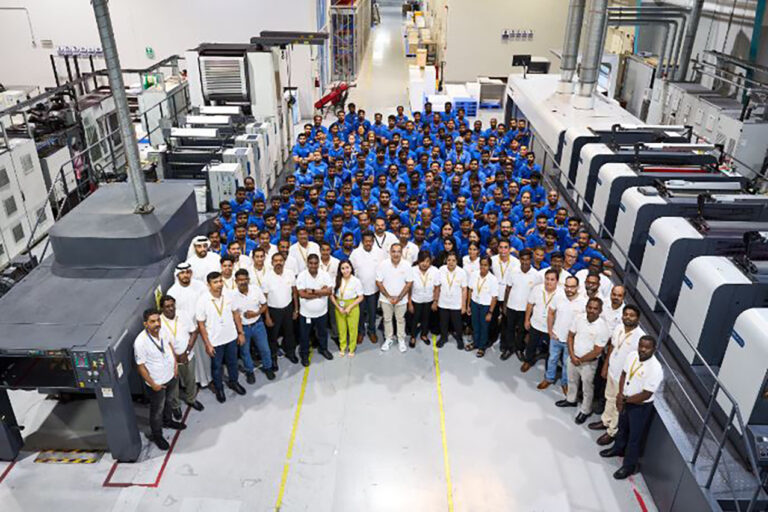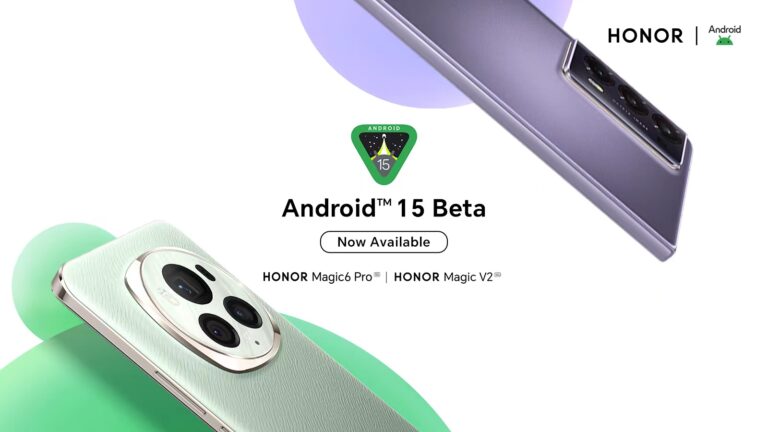Dubai, UAE, Technicalzoo, June 2022 – Consumers’ daily routines, purchasing habits and beauty routines all changed dramatically as the pandemic unfolded over the last two years. One of the most fundamental revolutions in the realm of beauty was the consumer’s attitude toward hair color and haircare. As salons were closed for months, customers turned to online channels for hair guidance and color inspiration while caring for their hair at home. During the pandemic, AR-powered virtual hair color try-on apps like Perfect Corp.’s YouCam Makeup app, accumulated a staggering 1.3 billion hair color try-ons.
As consumers began to look online for inspiration on how to maintain their hair during quarantine, and sought out direct-to-consumer brands for hair color, AR-powered virtual try-on tools for hair color became increasingly popular. These try-on tools allow users to digitally experiment with their hair color, choose the right shade and access the best supplies to refresh their hair color at home. As the world moves past the pandemic, AI + AR virtual try-on technology continues to grow as an essential tool for engaging consumers who are seeking inspiration online for their next hair color transformation.
Due to today’s excessive levels of production, almost all businesses, including the beauty industry, generate waste that can be exceedingly detrimental to the environment. The hair color business contributes significantly to the 421,000 pounds of waste produced everyday by the beauty sector. It’s no surprise that customers are paying more attention to sustainable hair products and want to support companies that use environmentally-friendly business practices. Integrating AI and AR virtual try-on technology into the purchasing experience is one of the methods for hair color manufacturers to cut waste and address environmental issues. Such dynamic and engaging technologies give customers a sustainable, eco-friendly way to experiment with hair color, eliminating product waste and giving them the confidence to make their next hair color change.
Consumers have also become more health conscious as a result of the pandemic, and maintaining the health of their hair has become a key priority. The pandemic accelerated the adoption of low-maintenance beauty routines, which have remained popular consumer trends as we enter the post-pandemic era. Although customers are keen to refresh and update their hair color, the trend for low-maintenance and natural cosmetics and hair styles has continued. According to statistics from Perfect Corp.’s YouCam app, more consumers are opting for rich, brown hair colors, allowing them to embrace their natural roots while experimenting with deeper hair colors more than ever before.
Consumers have long been accustomed to changing their hair color to match the seasons. This consumer behavior was further supported by a spike in app hair color try-ons in the spring and fall, demonstrating that customers are driven to change their hair color as they prepare for the new seasons. Hair color try-ons were most popular in the spring, notably in the months of March, April, and May. The largest spike in hair color try-ons occurred in May, with +26% more try-ons than the yearly norm. Additionally, as people prepare to change their hair color for the spring and summer months, there is a spike in web searches for virtual hair color try-on tools. This information can help brands determine the best time to market hair color services and new items to consumers as well as highlights a key period for firms to launch and prominently place AR and AI hair color try-on solutions in their marketing messages, as research has shown that this is when consumers are actively looking for hair color inspiration and planning their next salon visit.
With Perfect Corp.’s highly-advanced AI Virtual Hair Color Try-On technology, hair brands can provide their customers with hyper-realistic hair color simulations that help consumers discover their perfect hair color and shade. This technology drives engagement with brands’ online shops when consumers are shopping for hair products as well as bringing more customers into salons and significantly boosting sales.




























+ There are no comments
Add yours